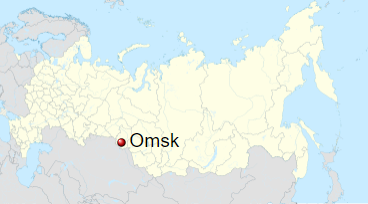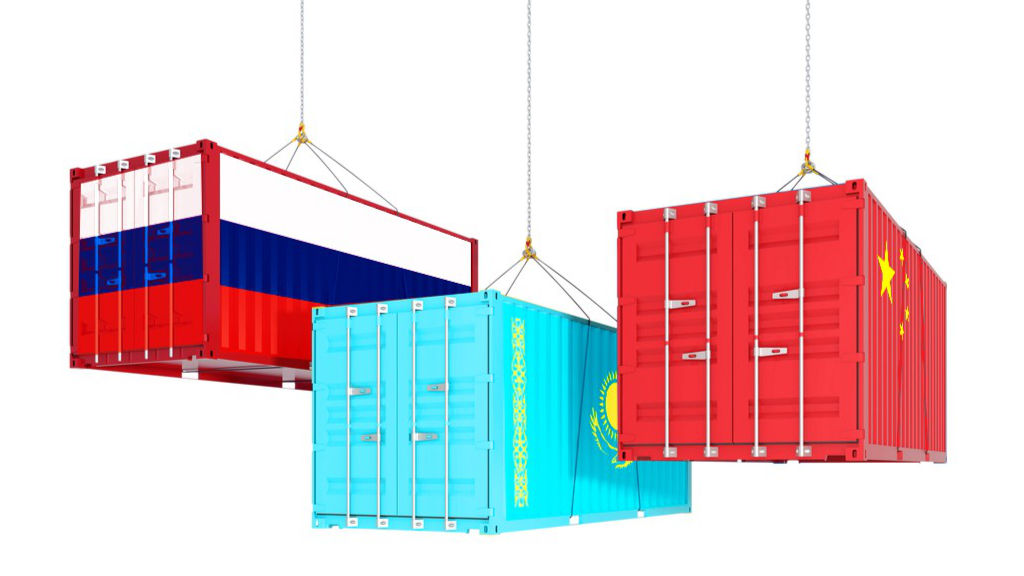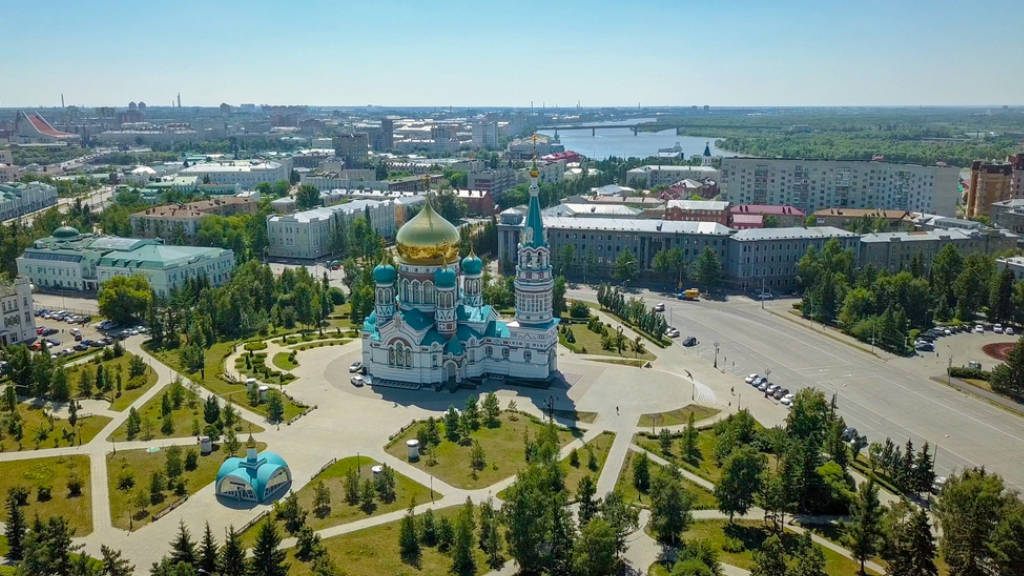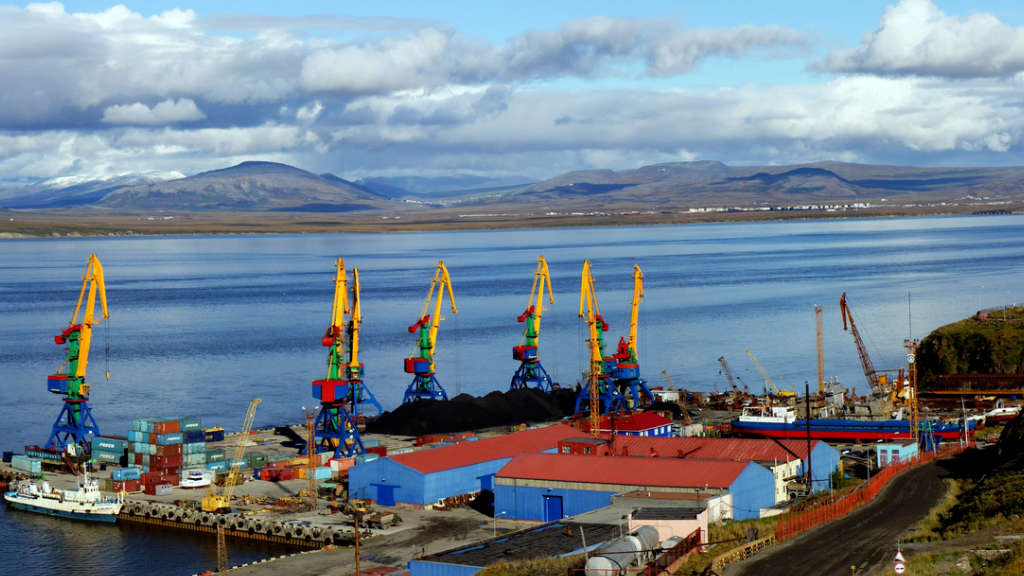The Russian city of Omsk is to be directed as a key transmodal logistics hub servicing trade with China and Kazakhstan, according to development plans and investments of ₽30 billion (US$340 million) outlined by Vitaly Khotsenko, the regional governor.
Omsk will focus its regional trade on organising cargo transportation with China, Kazakhstan and other Asian countries. Khotsenko stated as regards development that “We are building the Solnechny Logopark, which will cover 500,000 squre metres. Pyaterochka (one of Russia’s largest convenience stores, with over 15,000 outlets) has built the first basic facility, while Magnit, (Russia’s largest food chain store) Sbermarket, (Russia’s largest grocery outlet) and many other companies will be based here. Other new trade parks are also under construction, while Wildberries (Russia’s equivalent to Amazon) are building their own facility in Omsk.”
Khotsenko clarified that these facilities will be operational by 2028. The city is also holding discussions with numerous investors on the construction of transmodal logistics centres in the region. These centres will be focused on China, Kazakhstan, the countries of Central Asia and the Asia-Pacific region, where Russian logistics and freight traffic is growing.

The first section of the Solnechny logistics park opened in Omsk in November 2023. This is a distribution centre of more than 30,000 square metres, and serves the Pyaterochka retail chain in the Omsk region, and neighbouring areas.
Omsk is the capital, and largest city of Omsk Oblast, in southwestern Siberia and has a population of over 1.1 million. It is the third largest city in Siberia (after Novosibirsk and Krasnoyarsk) and is an important multi-modal transport node.
The Trans-Siberian Railway
Omsk is a major station on the Trans-Siberian Railway, connecting it through to Moscow as well as to Russia’s Pacific Ocean ports, as well as routes through to Kazakhstan, Mongolia and China.
Omsk River Port
Omsk sits on the Irtysh River, which is navigable and flows into Kazakhstan and China. It is the chief tributary of the Ob River and is the longest tributary river in the world. Omsk Port is the largest river port in Western Siberia.
Asian Highway 6
Omsk is also part of the Asian Highway 6 (AH6) which also connects through to Moscow as well as through to Kazakhstan and the M51 to Astana, in addition to China’s Highway G10 via border crossings at Manzhouli and Suifenhe. These also intersect with various regional rail networks.
Air
Omsk airport is served by numerous Russian airlines, as well as Azeri, Turkish, Kazakh, Chinese and Vietnamese airlines. It is a major regional aviation freight hub.
Russia’s national infrastructure plans are following the Chinese development model of the early 2000’s, where previously distant cities became increasingly interconnected through massive Chinese infrastructure developments and investment into road, rail, and ports. Russia has an additional advantage as it also has a significant inland river network, and the extant Trans-Siberian railway which also feeds into Russia’s inland ports.
These connections are extremely important on Russia’s border regions, with Omsk a primary example given its closeness to Kazakhstan and China. The city is now poised to develop as a key Siberian transport and logistics hub serving both imports and distribution throughout Russia, but also as an export facilitator for Russian goods into Central Asia and China.
Further Reading

Russia, Kazakhstan and China Sign Agreement For A Digital Container Transport Platform





